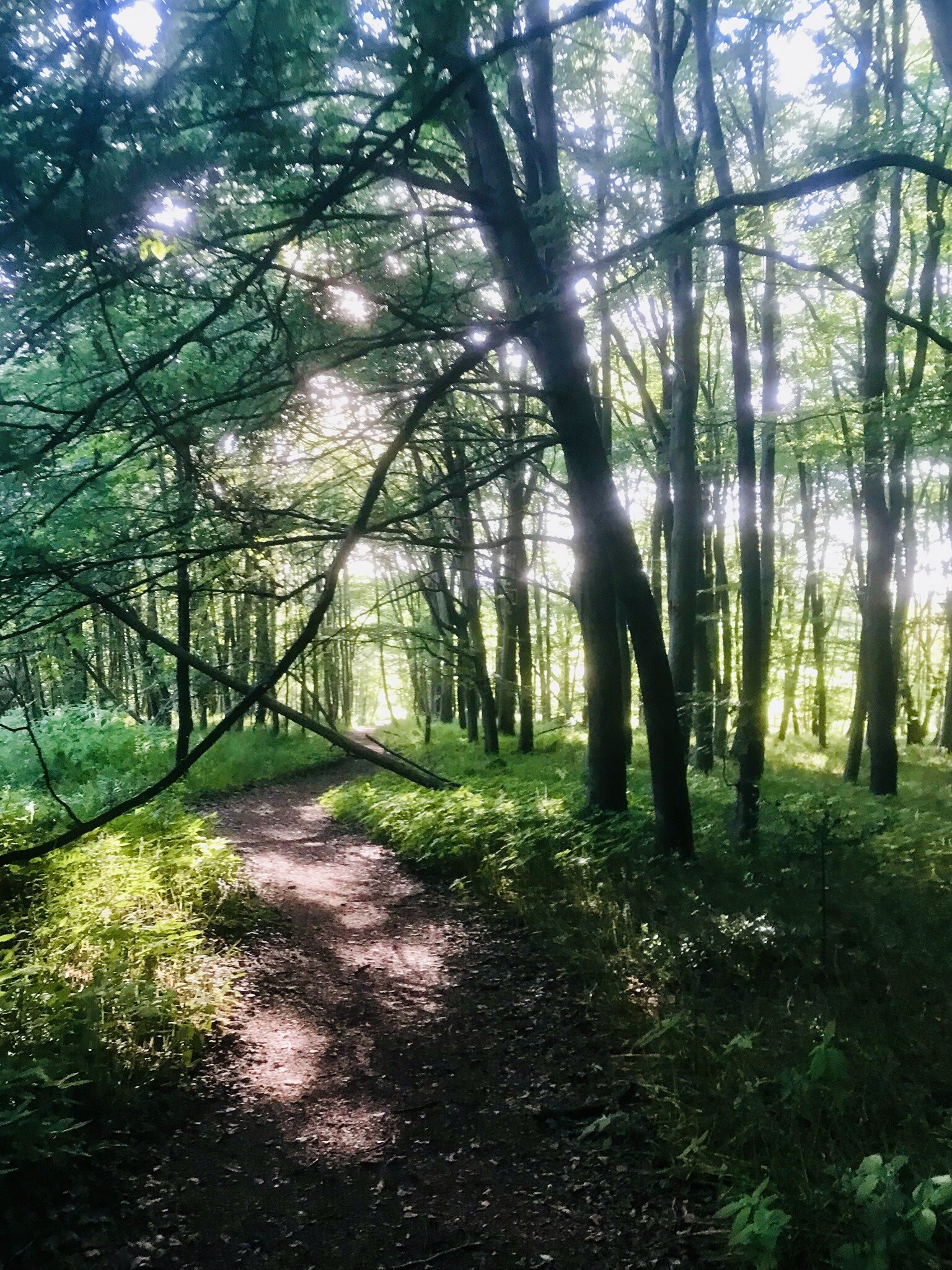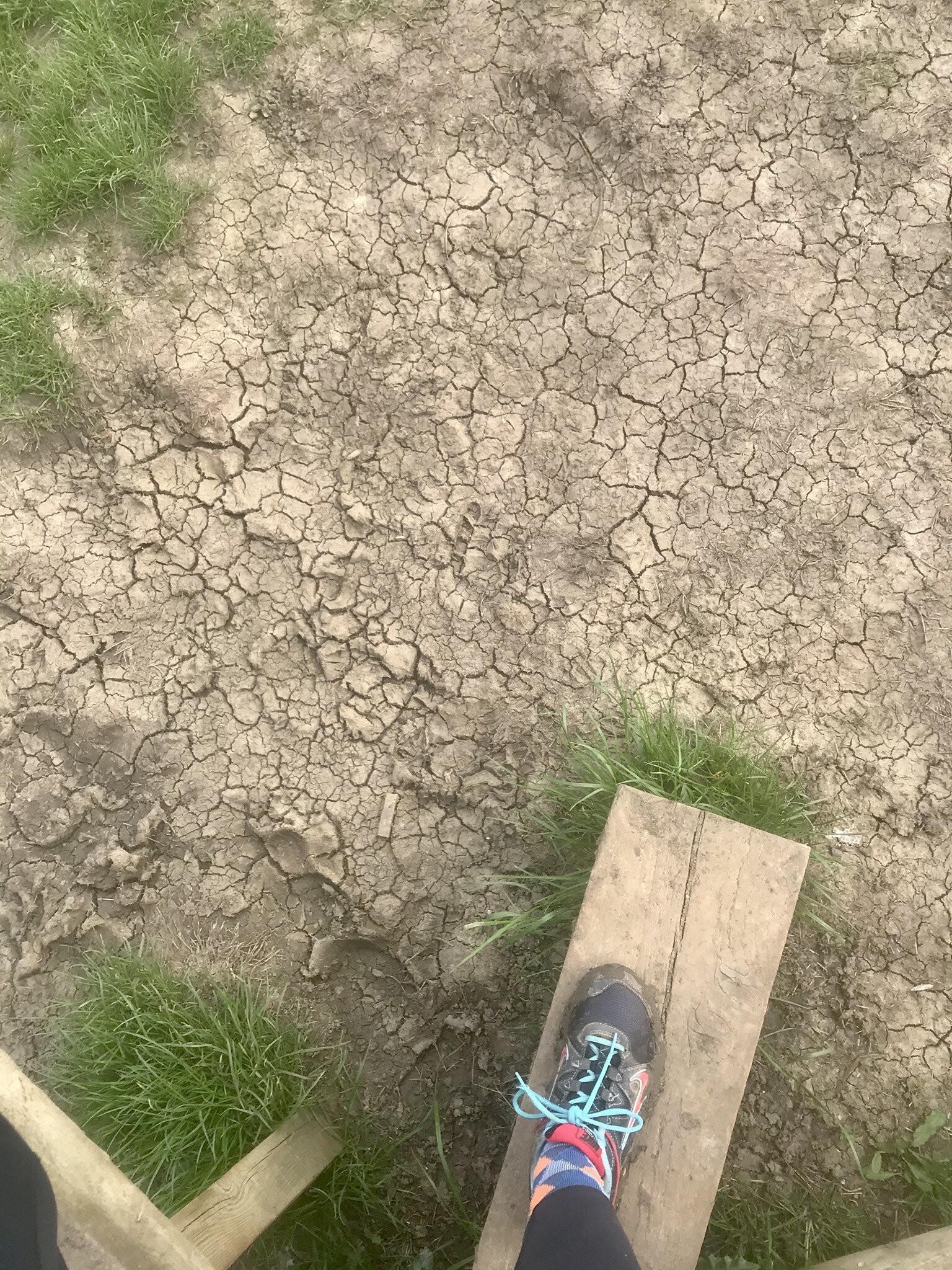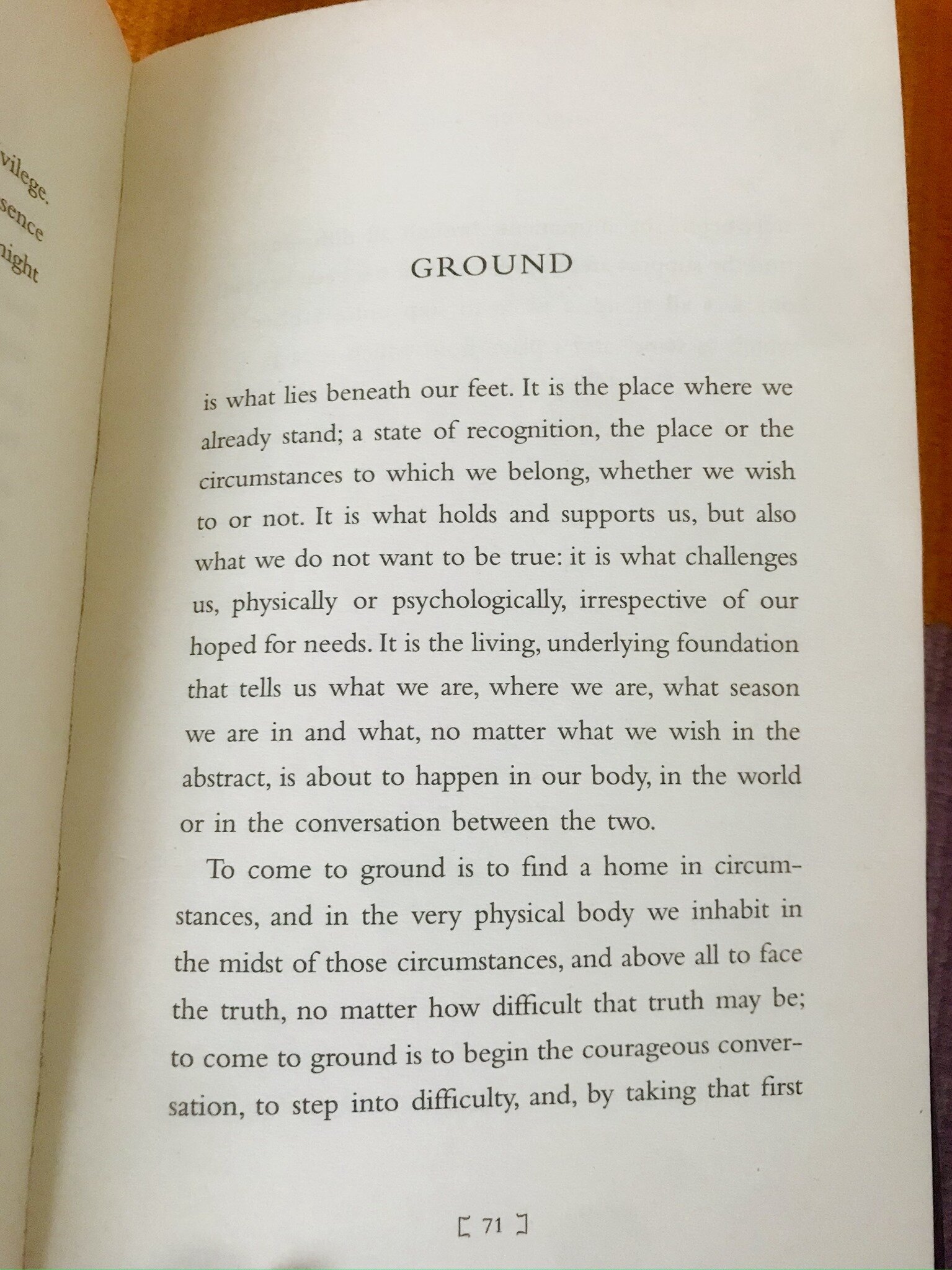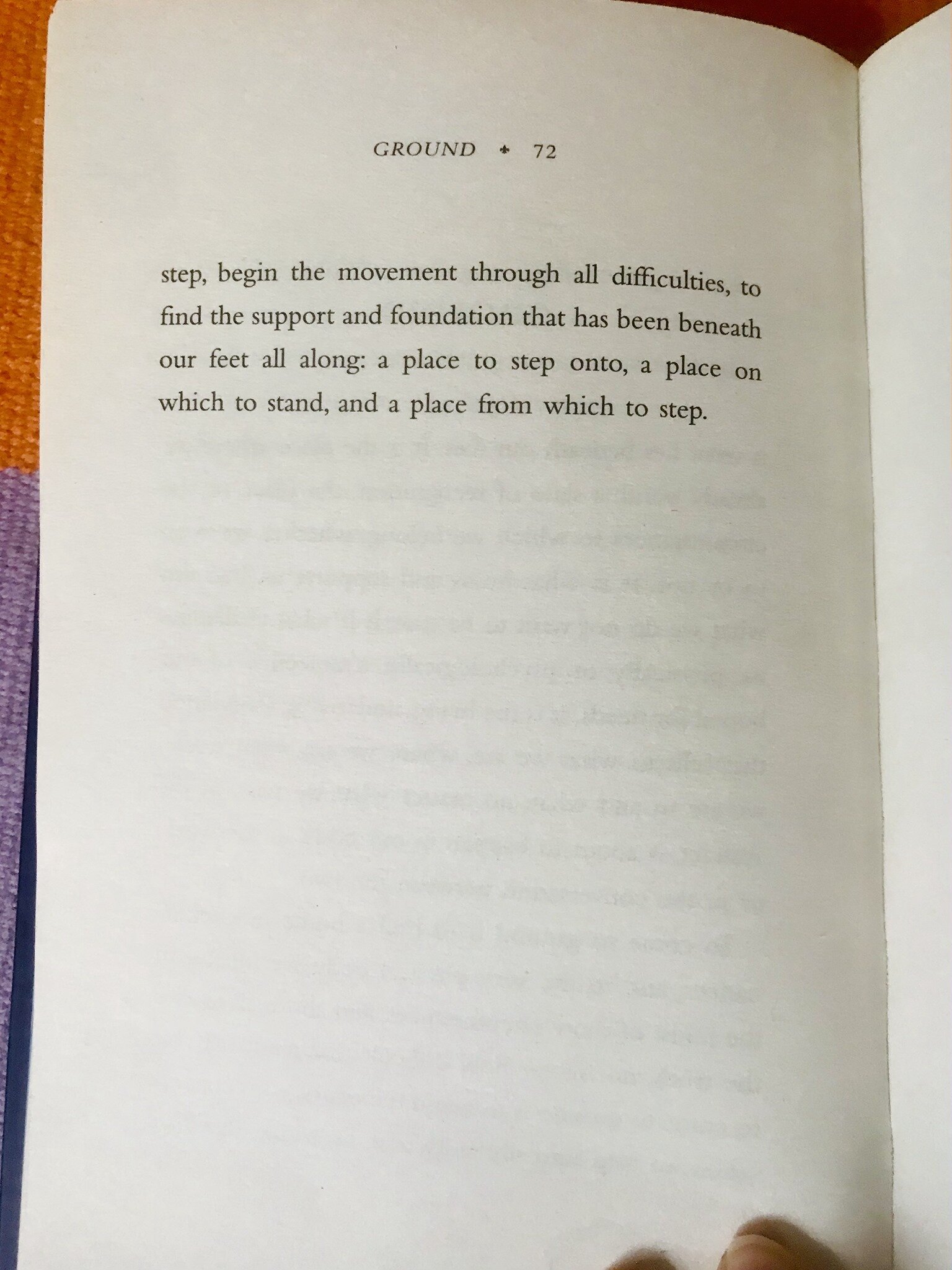Despite changing location many times—from venue to venue and, more recently, online—each Wednesday evening class with me involves some kind of group discussion and it has been this way for 7 years, or so. People come and go, but we have built enough of a foundation that we can maintain an exchange of ideas. There is a thread that loosely connects one class to the next.
Last month, our topic (the container, or 'guiding structure' for our chat) was ‘balance’, which has led me to think a lot about falling (and not falling), support (and lack of support), the relationships (and outcomes) between the two (and their opposites).
Balance as aspirational state
We often use 'balance' to describe 'an even set of circumstances’, or ‘an even experience of circumstances’ (‘equanimity’ comes from the Latin for ‘equal’ and ‘mind’, quite literally: even-mindedness). In yoga and mindfulness practices, 'balance' comes across as a sought after quality, or state. There is perfection in symmetry: the middle path one might take towards obtaining a clear and unfluctuating mind (citta vritti nirodha). It has an aspirational quality to it.
Balance is the fruit of practice; something to work towards. It is to be gained and maintained from moment to moving moment. [Perhaps it would be better to substitute ‘balance’ for ‘equilibrium’ here i.e. the balance between two competing forces resulting in no net change.]
Balance as temporary experience
In movement practices, we use 'balance' to describe what happens when we don't fall over. We can get really good at balancing, but we can only really get good at balancing in limited positions, on limited surfaces, under limited conditions, and for a limited amount of time: tree pose on the sand in a thunderstorm FOREVER, anyone? Balance is something to be experienced. It is dynamic and fleeting: it moves from moment to moment.
I favour the experiential. I am a big fan of stepping away from the superficial confines presented by a yoga mat. The moving (and witnessing) of a body and mind in a small space—mostly facing the same direction, and always on even ground—is not true to life (it's definitely not true to my life) and therefore has limited application. A good place to start, a good place to learn a new skill, to concentrate, and rest perhaps, but still, not a place anyone can realistically (or even desirably) inhabit forever.
Balance as ‘falling in all directions’
In class, I shared this clip of Amy Matthews (Embodied Asana) defining ‘balance’.
Matthews shares some wisdom from a past teacher that has stuck with her and that she continues to shape [I’m resisting ‘refine’] based on her own experience and learning [because experience and learning never ceases to change shape, no matter what your teachers have taught you]:
“What I mean by 'balance' is some dynamic capacity to continually adapt... when we're balanced, we have the ability to fall in any direction.”
Here, ‘balance’ becomes the state in which many possibilities are available to us from which we then make a choice. Or, as Matthews puts it, 'from incredible potency to discrimination [discernment; viveka].'
Balance relies on what is happening inside and outside
There is a relationship between internal and external.
This is true when it comes to how we balance physically (i.e. how our body manages to move without falling over, or becoming dizzy). The vestibular system—some magic that occurs between our ears and eyes (spoken as a true layperson in these matters)—sends sensory information for the brain to interpret regarding our body’s position in relation to the world (and forces) outside of us.
Unless there is sight loss, the vestibulo-ocular reflex maintains a stable visual picture of the world (i.e. why our vision doesn’t bounce up and down when we run). In this instance, what happens on the inside of us, is literally shaping how we see what is happening outside of us.
Likewise, psychologically, socially (and somatically): environments, emotions, other people's micro-expressions and behaviours, a smell, a sound; can calm, or alert a nervous system. The external can move us towards, or away from ‘balance’ and vice versa.
Balance in relation to the surface of the ground
Lately, I have started trail running, which has led me to experience in my body the impact of surfaces and textures—the ground under my feet—on my thought processes and emotions. With each thud, thud, thud on crunchy, slippy, twiggy, mossy, bouncy, sandy, mulchy, grassy, undulating ground, come the feelings, the questions, and the choices (conscious and unconscious): which route do I take? How capable do I feel? Am I ready to stop? Can I keep going? Do I want to? Do I like this? (Does this remind me of anything? Which route did I take then?)
My ankles twist and turn, my legs buckle, but I don’t fall: I haven’t fallen yet, but I might if I slowed down, thought about it, didn’t think about it, took a misstep, had an injury. All of these variables remain future possibilities and—let's face it—likelihoods when we take the realities of life into account.
‘Not falling’ is a moment in time.
Balance is the relationship between the ground and my feet; my feet that are connected to this body, this mind, and everywhere it has been (and might be going).
Ground as reality
I read these two pages from poet David Whyte's Consolations: The Solace, Nourishment and Underlying Meaning of Everyday Words (2014) at the start of class.
'[Ground] a place to step onto, a place on which to stand, and a place from which to step.'
'Ground' is tantamount to support, foundation, something that holds weight, that can be leaned on, touched, made contact with, run to, fled from: the earth beneath our feet, someone’s arms, a home.
I have some questions I want help answering:
Can there be ‘balance’ without ‘ground’?
If we took ‘ground’ away, where would we fall?
'Ground... the place or circumstances to which we belong, whether we wish to or not.’
Based in reality, not wishful thinking, can these questions actually help to ground us? Can they prompt an intimacy with the current place or circumstances we find ourselves in? 'What do I need now? What is the best course of action here?' Can I find my feet?
A grounding
Questions that surface out of whatever we call 'our practice' do not necessarily require answers; they form an integral part of self-enquiry (svādhyāya): an ongoing observation of how we respond to any given set of circumstances, at any given moment. Through questioning we might nurture curiosity.
So, back to class…
Imre gently upends both of my questions with a lesson in perception-shifting: "It's not really ground that's necessary for balance; it's counter-balance. If we change perspective, maybe the ground is balancing on us?"
Joe and Jen bring us back to earth by wondering about swimming in the sea: "Do you need balance to float? Is being suspended, balance? There is a sense of up and down, but you're not falling."
Louise eloquently links these questions to the person, the body, the circumstances, and the mind: "In the sea you might sink if you don’t adopt a certain position; you would lose the ability to float. Some people would sink, whereas others would swim. It's relative."
This class is my ground. These questions and responses are my grounding.
We park our conversation. Leave it hanging. We might come back to it next time. A thread might resurface months down the line. For now, we just come away from the screen and get moving.




